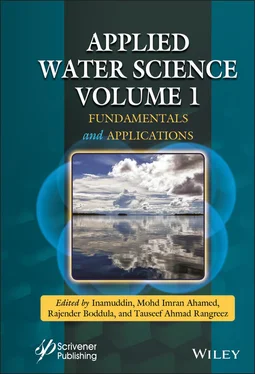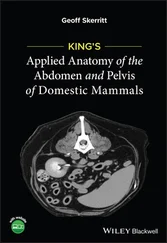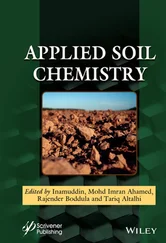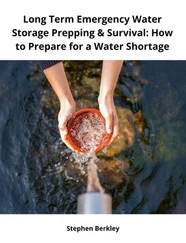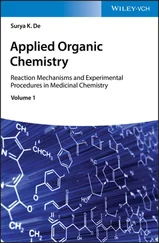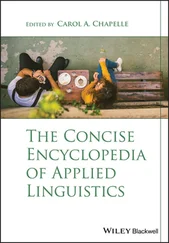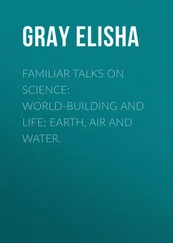As it has already been said, the fiber coating plays a key role in the SPME of PAEs from water samples. However, the types of commercial fibers are still limited, which reduces their application field. In addition, under certain conditions they have low thermal and chemical stability. Furthermore, they are fragile since they are based on fused silica supports. Consequently, most of the subsequent studies have been focused on developing new highly selective, efficient, inexpensive, and robust SPME fibers with controllable thickness through different coating techniques. For this purpose, a wide variety of new fibers based on the use of carbon-based nanomaterials [40–43], metal oxide nanoparticles (NPs) [39, 44], molecular imprinted polymers (MIPs) [45], covalent organic frameworks (COFs) [46], and bamboo charcoal [47] have been reported, among others.
The development of carbon-based coatings for stainless-steel fibers has been an important research field as a result of the exceptional properties these materials have, such as great chemical and thermal stability, high surface area and great capacity to establish π-π interactions with the aromatic groups of the PAEs [37, 48, 49]. Moreover, they can be easily dispersed in a polymer matrix to obtain coatings that provide considerably better characteristics than those of virgin polymers. Among them, multi-walled carbon nanotubes (MWCNTs) have been the most used, which are large molecules composed by numerous electronically aromatic delocalized carbon atom layers and rolled up into a cylinder. As examples of the use of this kind of coatings for the extraction of PAEs from water samples, Asadollahzadeh et al. [40] made a fiber coated with an oxidized MWCNTs-polypyrrole (PPy) composite while Behzadi et al. [42] used MWCNTs-poly- o -aminophenol, both obtained through electrochemical polymerization, for the extraction of mineral water samples. Song et al. [41] also prepared a MWCNTs-polystyrene (PS) material via electrostatic interactions as SPME coating, and Zhang et al. [43] developed a SiO 2-PDMS-MWCNTs fiber by a sol-gel method. In both cases, drinking and environmental water samples were analyzed. All these fiber coatings presented a porous structure with very large surface areas where both phases (the MWCNTs and polymer) took part in the extraction procedure, enhancing the final adsorption capacity of the fiber. Moreover, in the last work, the organic-inorganic bilayer structure was designed to increase the stability and durability of the coating. In particular, a stainless-steel fiber was coated with a SiO 2layer, which was used as support for the chemical bonding of the second layer of PDMS-MWCNTs (see Figure 1.3). The first coating with a SiO 2layer is a general procedure widely used for coating different surfaces or particles [50, 51]. Compared with commercial PDMS, PA, and DVB-CAR-PDMS fibers, this new coating showed better extraction efficiency and longer lifetimes (150 vs. 50–100 times) for the extraction of DMP, DEP, DBP, and DEHP. It is also noteworthy to mention the extensive study that was conducted by these authors to evaluate the influence of salt addition on the extraction efficiency. It was observed that the addition of different kinds of salts such as NaCl, CaCO 3, FeCl 3, and MgCl 2at different concentrations (0%, 5%, 10%, and 15%, w/v) can have a negative or a negligible effect on the recovery values. Therefore, no salt was added to the samples, as in the vast majority of the published works on this topic (see Table 1.1).
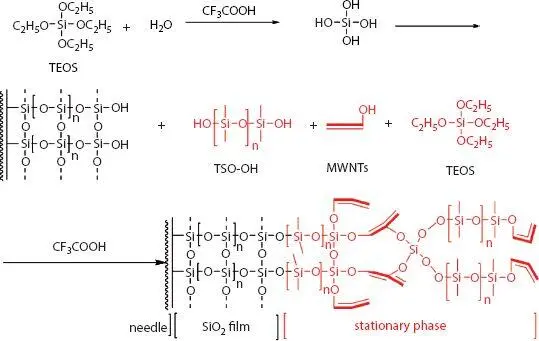
Figure 1.3Schematic representation of the SiO 2-PDMS-MWNTs fiber preparation. Reprinted from [43] with permission from The Royal Society of Chemistry. MWNTs, multi-walled carbon nanotubes; TEOS, tetraethoxysilane; TSO-OH, hydroxyl terminated silicone oil.
Graphene is another of the allotropic forms of carbon that has been used as SPME coating. It consists of a monolayer of sp 2hybridized carbon atoms arranged in a 2D network. Like MWCNTs, graphene has a high surface area, high chemical and thermal stability as well as a high affinity for hydrophobic and aromatic compounds. Then, graphene-polymer nanocomposites have also been used as excellent SPME fiber coatings for the extraction of PAEs. Such is the case of the work developed by Amanzadeh et al . [20] in which a stainless-steel fiber was coated using a new graphene/polyvinylchloride (PVC) material and evaluated successfully as a SPME fiber for the extraction of dipropyl phthalate (DPP), DBP, DEHA, and DEHP from drinking waters and sunflower and olive oil samples. However, even though it was used in the HS mode, a single fiber could be used only 60 times without a significant decrease in the extraction efficiency. As a very interesting experiment, these authors also determined these PAEs in boiling water exposed to a polyethylene terephthalate (PET) bottle. Although the water used did not contain residues of any of the target PAEs at the beginning, residues of DPP and DBP were found at 2.1 and 1.8 μg/L, respectively, after filling this bottle with the same water just after boiling (it was analyzed after cooling). That is, the PAEs with low molecular weight (250.2 g/mol for DPP and 278.3 g/mol for DBP compared to 370.5 g/mol for DEHA and to 390.5 g/mol for DEHP) have larger water solubility, so these kinds of PAEs migrated more easily from PET bottles containing hot water.
Another example of the benefits of using graphene, is the work of Tashakkori et al . [52] who prepared SPME fibers based on the use of the ionic liquid (IL) 1-(3-aminopropyl)-3-vinyl imidazolium bromide and 1-(3-aminopropyl)-3-vinyl imidazolium tetrafluoroborate grafted onto graphene oxide (GO) previously deposited onto stainless-steel wires. On the one hand, GO disperses more easily for the first preparation step and inherits the mechanical properties of graphene but with a moderate decrease of mechanical parameters (Young’s modulus and intrinsic strength) due to the alterations produced in the sp 2structure [53, 54]. On the other hand, ILs can be structurally customized based on diverse procedures to tune the extraction performance [55]. In fact, ILs can establish a broader variety of interactions with the analytes such as π-π, dipolar, hydrogen bonding, and ionic/charge-charge [56]. As a result, they are also suitable for the extraction of hydrophobic compounds and aromatic analytes like PAEs. Consistently, the first GO-IL fibers showed better extraction efficiency for the analysis of DMP, DEHP, DBP, DNPP, BBP, and DNOP in tap and sea water samples (also in instant coffee samples) than other lab-made fiber, as well as commercial PA and CAR-PDMS fibers, using DI mode in all cases.
MIPs also provide a great improvement in selectivity since they have cavities specifically designed for a particular compound or group of analogous compounds [57, 58]. That is to say, retention occurs through a molecular recognition mechanism based on their size, shape and three-dimensional distribution of functional groups [59]. He et al. [45] demonstrated that MIPs are quite suitable as SPME fiber coatings for the successful extraction of low (DMP, DEP, DBP, and diallyl phthalate -DAP-) and high-molecular PAEs (DNOP) simultaneously, from bottled, tap, and reservoir water samples, although it is true that the latter was poorly extracted since DBP was used as template molecule during the synthesis of the polymer. Moreover, the peak areas obtained using the MIP fiber were much higher than those using a non-imprinted fiber prepared with the same protocol (without the addition of the template molecule), but also better compared to commercial PDMS, PA, and CW-DVB fibers (see Figure 1.4). These results indicate that the MIP fiber provided a better selectivity for the structural analogues of DBP, while commercial SPME coatings are more susceptible to undesirable interferences in the extraction process.
Читать дальше
